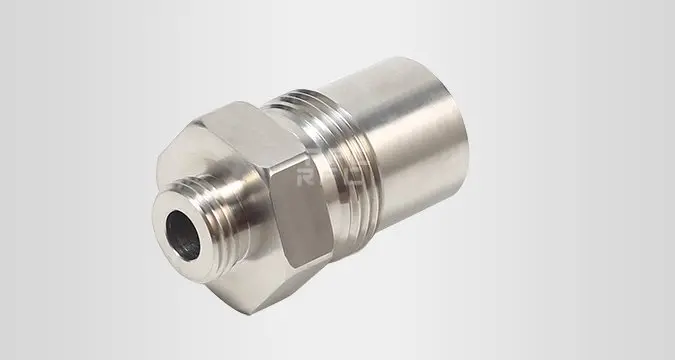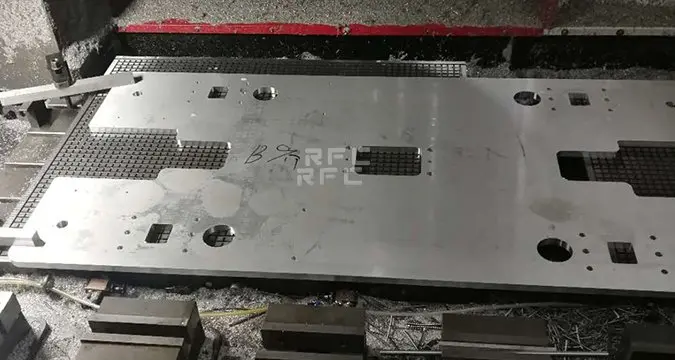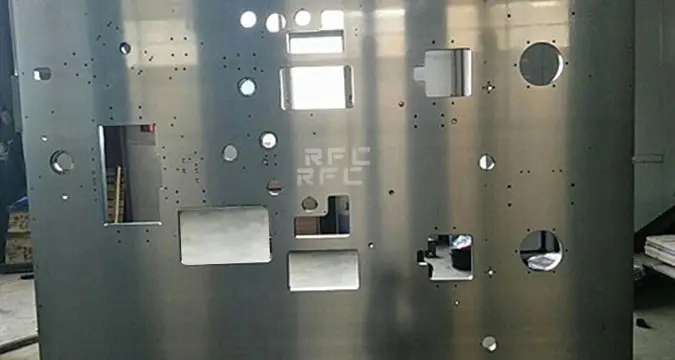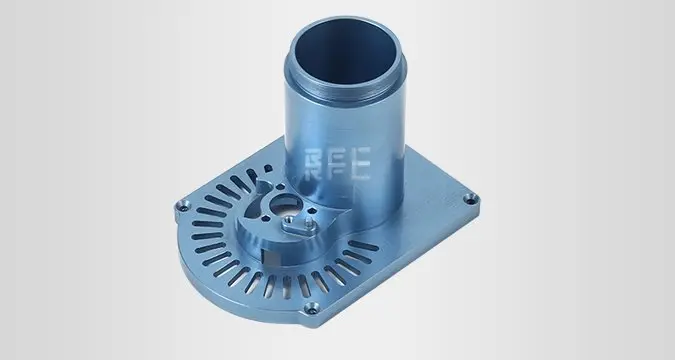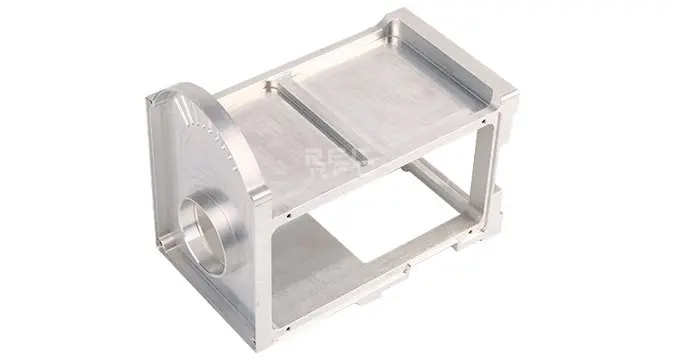
What are the core components of CNC machining centers? The main central components of CNC machining centers are composed of multiple central components and related connecting components; any problem in any link may cause serious harm to the CNC machining center. So we have to start with the central component first:
- Spindle
The spindle is the core component of the machine tool. Most of the machined surface accuracy is related to the spindle, so the quality of the spindle is very important. Today, the spindles produced in mainland China are rarely used in CNC machining centers, which shows that the quality of high-speed spindle units produced in mainland China needs to be improved. Taiwan-made spindle units are widely used in the market, and prices vary greatly depending on brand awareness and market share.
There are several brands of CNC machining center spindles commonly used in the market now: Danquan, Jianchunlong, Pusen, Luoyi, and the prices are also rising. It is recommended to choose according to your own product requirements. In general, CNC machining center manufacturers can replace the equipment for you according to your requirements. Details should be discussed further with the CNC machining center manufacturer.
- Ball screw
The main function of the transmission elements often used in precision machinery is to convert rotary motion into linear motion, or turn torque into axial repetitive power, which together have the qualities of high accuracy, reversibility and high efficiency. Its manufacturing requirements are also relatively high, including raw materials and assembly precision. The ball screw determines the transmission accuracy of the equipment. Its raw material, precision, preload, cutting resistance, lubrication, load, etc. can all lead to rapid wear of the ball screw, backlash or other uncorrectable problems. So that’s the point.
The ball screws commonly used in CNC machining centers can be divided into P2/C2, P3/C3, P4/C4 according to the accuracy. There are also a few CNC machining center manufacturers who choose P5/C5 (the smaller the number, the higher the precision), and the rolling grade is divided according to the process. and grinding grades, the latter being more accurate than the former.
- Tool magazine
The tool magazine of the CNC machining center is divided into three types: hat type, disc type and chain type, and the number of tools contained in them increases in turn. Hat-type tool magazines are generally close to the spindle head. When changing the tool, it needs to move up and down in the direction of the spindle, which takes up work time and reduces work efficiency. It also affects the working stroke range in the spindle direction, but because of its simple structure, the failure rate is low.
The disc tool magazine adopts robot tool change, which is fast in tool change, but has a high failure rate. A few disc tool magazines are directly interchangeable with hat-type tool magazines through the spindle. The chain type is generally used on models with more tools, and its price is also rising; it is more important to choose the correct brand and type.
- Guide rail
The guide rails commonly used in CNC machining centers can be roughly divided into the following three categories according to the accuracy, C ordinary grade, H grade high precision grade, P grade super precision grade. Generally, the guide rail of CNC machining center is above H level. According to the type, it can be divided into three types: hard rail, linear rail, and inlaid rail. The first two are very common. The characteristics of the hard rail are good rigidity, but the disadvantage is that the friction resistance is large, and the accuracy and speed are relatively low. Suitable for large cutting amount machining.
There are two types of linear guides commonly used in CNC machining centers, one is a ball guide and the other is a ball guide. The purpose of the ball guide is to complete linear sliding through the rolling of steel balls, while the roller guide is to complete linear sliding through the rolling of cylindrical rollers, and its frictional resistance is smaller than that of hard rails.
The ball guide rail is point touch, and the roller guide rail is line touch, so the friction resistance of the roller guide rail is greater than that of the ball guide rail, and its rigidity is stronger than that of the ball guide rail. Therefore, there are generally two types of guide rails for CNC machining centers: hard rails and roller guide rails, and there are many ball guide rails for small engraving and milling machines.
Users should pay attention to the following points when selecting hard rails: 1. The quenching hardness of the rails is generally above HRC50°. 2. Whether the worktable is plastic-coated (fine iron powder or cutting will occur when the guide rail is rubbed, the plastic-coated guide rail has strong wear resistance, and the material is soft, which can be integrated into the plastic rail and reduce the wear amount of the guide rail, so the sticking The life of the plastic guide rail should be good at the unplasticized guide rail. The user can choose the hard rail or the linear guide according to their own conditions.

